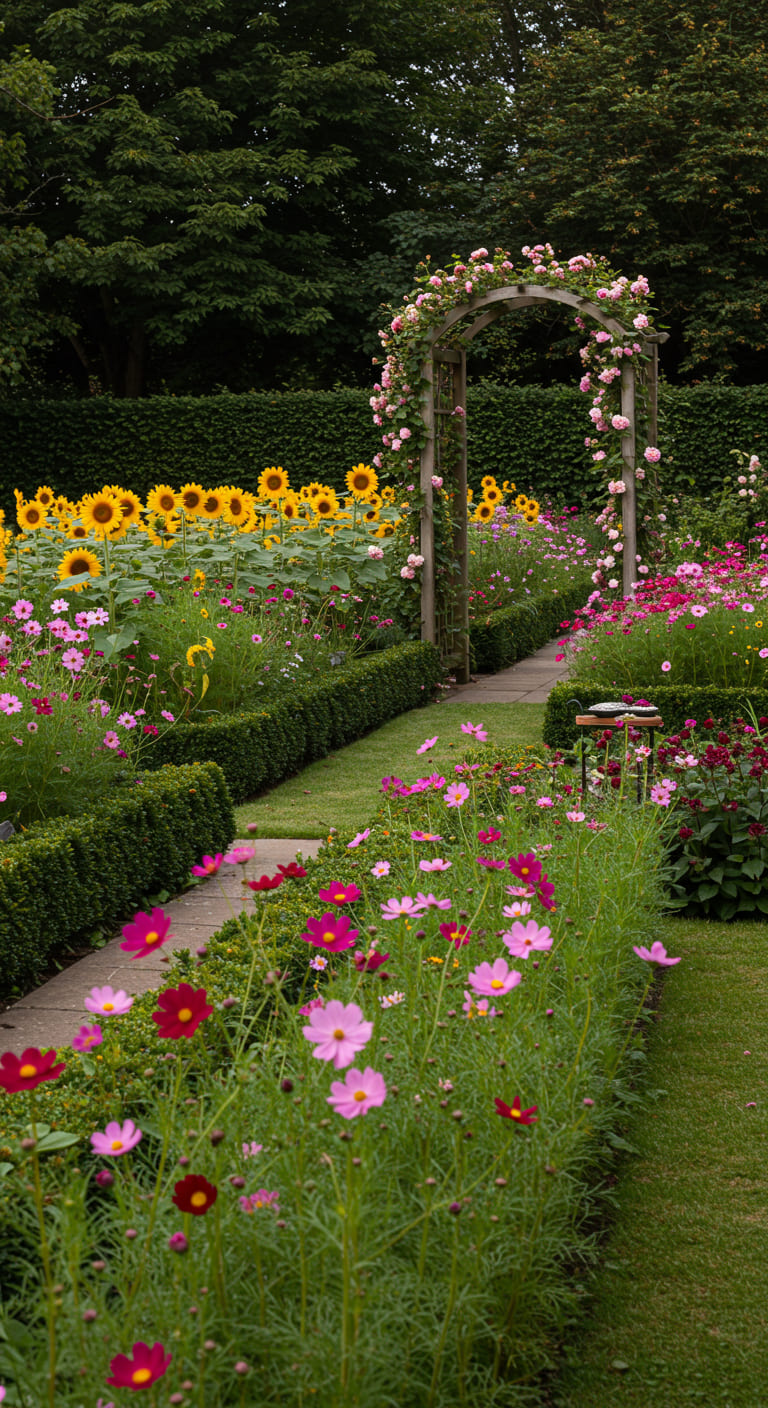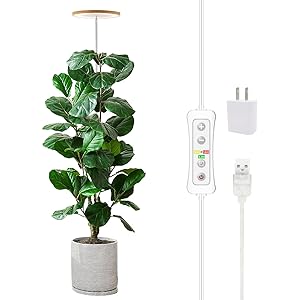Gardening has always been a passion of mine. There’s something incredibly fulfilling about nurturing plants and watching them grow. However, one of the most common questions I encounter as a gardener is, “How do I space my vegetable garden?” This seemingly simple question can make a huge difference in the success of your garden. In this article, I’ll share tips, insights, and my personal experiences with vegetable garden spacing, providing you with a comprehensive guide to ensure a flourishing harvest.
Understanding the Importance of Spacing
When I first started gardening, I didn’t fully grasp the significance of spacing. I crammed my plants together, convinced that more would yield better results. Unfortunately, I quickly learned that proper spacing is crucial for several reasons:
- Air Circulation: Adequate spacing allows for better air circulation, reducing the risk of diseases.
- Nutrient Access: Plants need space to spread their roots and access essential nutrients.
- Sunlight Exposure: Properly spaced plants receive more sunlight, promoting healthy growth.
- Ease of Maintenance: Spacing makes it easier to weed, water, and harvest.
Factors to Consider When Spacing Your Vegetable Garden
As I delved deeper into the world of gardening, I realized that several factors influence how to space your vegetable garden effectively. Here are the key elements I consider:
1. Plant Size
Understanding the mature size of plants is essential. For example, a tomato plant can grow quite tall and wide, while radishes are much smaller. I often refer to seed packets or gardening guides for specific spacing recommendations.
2. Growth Habit
Plants can have different growth habits, such as determinate (bushy) or indeterminate (vining) for tomatoes. I’ve learned to space indeterminate varieties further apart to allow for their sprawling nature.
3. Companion Planting
Companion planting can optimize space in your garden. For instance, I’ve successfully grown carrots alongside onions because they don’t compete for the same nutrients and can help deter pests.
4. Climate and Soil
Your local climate and soil type can affect plant growth. In my region, where the soil is sandy, I ensure that I space plants adequately to prevent competition for moisture.
5. Garden Layout
Consider the layout of your garden. Raised beds, row planting, or square foot gardening all require different spacing approaches. I’ve experimented with various layouts and found that square foot gardening maximizes space effectively.
General Spacing Guidelines for Common Vegetables
Now that we’ve established the importance of spacing and the factors to consider, let’s look at some general spacing guidelines for common vegetables. These recommendations are based on my personal gardening experiences and reputable gardening resources:
- Tomatoes: 18-24 inches apart.
- Peppers: 12-18 inches apart.
- Carrots: 2-4 inches apart.
- Radishes: 1-2 inches apart.
- Lettuce: 8-12 inches apart.
- Beans: 2-4 inches apart.
These are just starting points, and I always recommend checking specific guidelines based on your chosen varieties and local growing conditions.
Spacing Techniques for a Flourishing Garden
Over the years, I’ve discovered various spacing techniques that have transformed my gardening experience. Here are some of my favorites:
1. Square Foot Gardening
This method allows you to grow a variety of crops in a small space. I’ve found that dividing my garden into square foot sections and planting a different crop in each square maximizes yield while minimizing overcrowding.
2. Row Planting
Row planting is traditional and straightforward. I typically space rows 3-4 feet apart, allowing enough room for walking and maintenance while still maximizing space.
3. Intercropping
Intercropping involves planting fast-growing crops alongside slower-growing ones. I often plant radishes with slower-growing carrots, which helps utilize space efficiently while ensuring both crops thrive.
Case Studies: Successful Garden Spacing
To illustrate the effectiveness of proper spacing, I’d like to share a couple of case studies from my gardening journey:
Case Study 1: The Tomato Experiment
Last summer, I decided to experiment with tomato spacing. I planted one set of indeterminate tomatoes 18 inches apart and another set 24 inches apart. The 24-inch spaced tomatoes produced a significantly larger yield and were healthier overall, demonstrating the importance of giving these sprawling plants sufficient room.
Case Study 2: Companion Planting Success
In another instance, I planted basil next to my tomatoes, following the companion planting principle. Not only did the basil flourish, but it also helped repel pests that typically target tomatoes. This experience reinforced the benefits of thoughtful spacing and plant partnerships.
Statistics on Vegetable Garden Spacing
According to a study conducted by the National Gardening Association, proper spacing can increase vegetable yield by as much as 30%. This statistic highlights the significance of understanding and implementing effective spacing strategies.
Common Mistakes to Avoid When Spacing Your Vegetable Garden
In my gardening journey, I’ve made plenty of mistakes, especially when it comes to spacing. Here are some common pitfalls to avoid:
- Overcrowding: Cramming plants together can lead to poor air circulation and increased disease risk.
- Ignoring Growth Habits: Failing to account for whether a plant is bushy or vining can lead to inadequate spacing.
- Neglecting Companion Planting: Not considering which plants can benefit from each other can result in lost opportunities for maximizing space.
- Forgetting to Adjust for Local Conditions: Every garden is unique, and what works for someone else may not work for you.
Conclusion: Embrace the Art of Spacing for a Flourishing Harvest
As I’ve shared throughout this article, proper spacing in your vegetable garden is vital for a bountiful harvest. By considering factors such as plant size, growth habits, and companion planting, you can create an environment where your vegetables thrive. Embracing techniques like square foot gardening and intercropping can further enhance your garden’s productivity.
Remember, every gardener’s journey is unique. Learning from experiences, experimenting with spacing, and adapting to your garden’s needs will ultimately lead to success. I encourage you to join the conversation and share your own tips and experiences with vegetable garden spacing. Together, we can cultivate a thriving gardening community.
Frequently Asked Questions (FAQ)
1. How far apart should I space my vegetable plants?
Spacing varies by plant type. Generally, larger plants like tomatoes need 18-24 inches, while smaller ones like radishes can be spaced 1-2 inches apart. Always refer to specific guidelines for your chosen varieties.
2. Can I plant different vegetables together?
Yes! Companion planting can help maximize space and deter pests. For example, planting basil with tomatoes is beneficial for both plants.
3. What is square foot gardening?
Square foot gardening is a method where you divide your garden into square foot sections, allowing you to plant a variety of crops in a small space, ensuring efficient use of your garden.
If you found this article helpful, please sign up for our newsletter for more gardening tips and insights. Share this article with friends and on social media to inspire others to create their flourishing vegetable gardens!
Plant Grow Light,yadoker LED Growing Light Full Spectrum for Indoor Plants,Height Adjustable, Automatic Timer, 5V Low Safe Voltage,Idea for Large Plant Light
$17.99 (as of 14/10/2025 03:17 GMT -03:00 - More infoProduct prices and availability are accurate as of the date/time indicated and are subject to change. Any price and availability information displayed on [relevant Amazon Site(s), as applicable] at the time of purchase will apply to the purchase of this product.)
Sign up for our newsletter and stay up to date with exclusive news
that can transform your routine!




